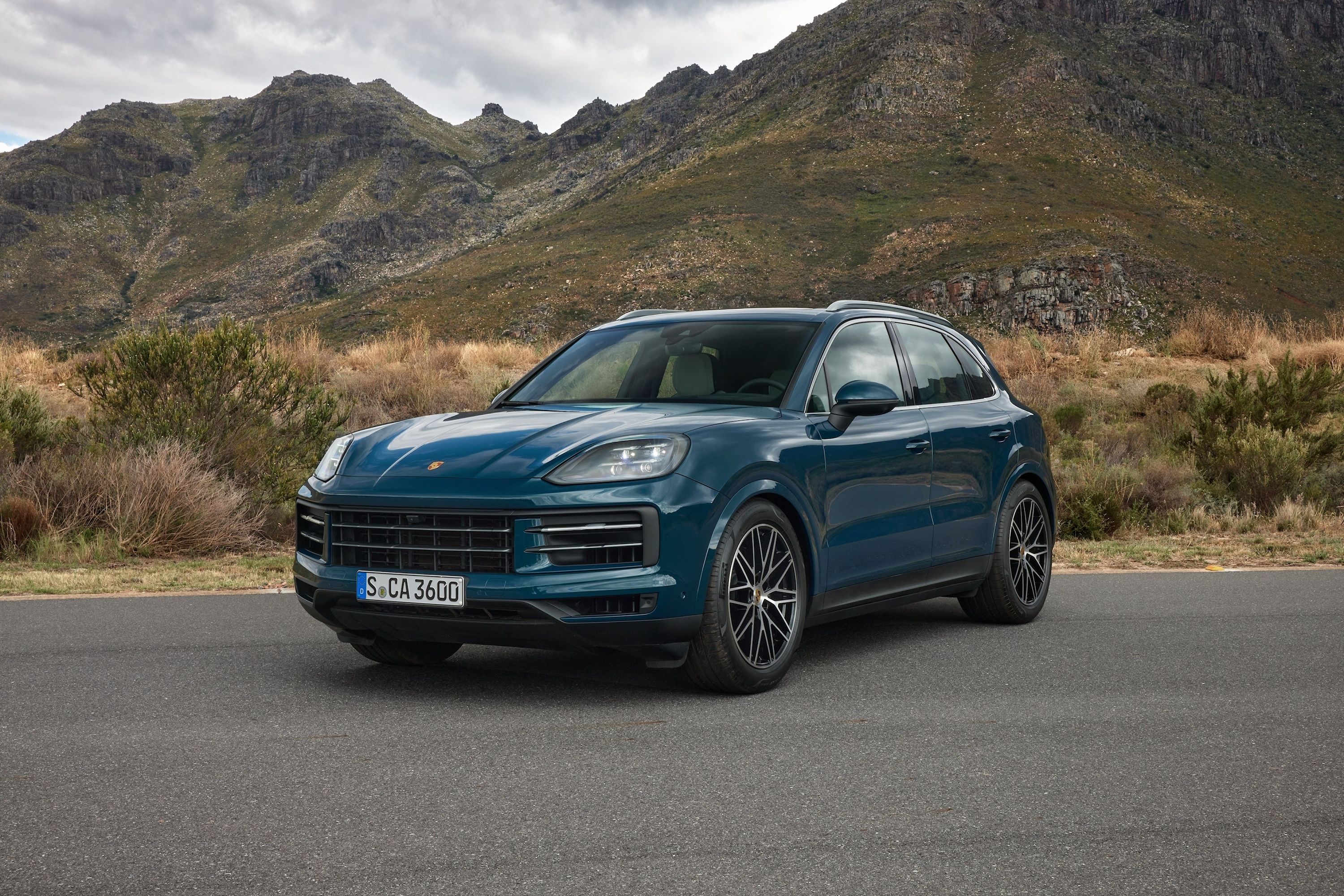
There was a time when SUVs and sports cars had very little to do with each other, but those lines have become progressively blurry through the years. How else does one explain the fact that Lotus has an SUV on the way or that BMW selected the monstrous XM SUV to be its first standalone M car in 40 years? Porsche, which is celebrating 20 years of the successful Cayenne, has now come out and said that its modern GTS models - a group that includes the lovely Cayman GTS 4.0 - were not inspired by some other athletic coupe, but by the first-ever Cayenne GTS SUV. When one digs deeper into the development of that first Cayenne GTS, a project codenamed 'Roadrunner', Porsche's claim is less of a stretch than it first seems.
The Gran Turismo Sport badge represents a model with more sportiness than others. The first GTS-badged Porsche was the 904 Carrera GTS that arrived in 1964 and which went on to win the Targa Florio. Decades later, Porsche launched the first-generation Cayenne in 2002 and, although it was saddled with a face that only a mother could love, it immediately set a new benchmark for athleticism and handling for luxury SUVs.
Soon after its arrival, the Porsche executive board wanted a Cayenne with better on-road performance that would bridge the gap between the base Cayenne and the Cayenne Turbo. Enter the first Cayenne GTS and an engineer by the name of Oliver Laqua who was tasked with bringing 'Roadrunner' to life in 2004.
Laqua's early ideas for the Cayenne GTS were quite extreme. He was after a rear-wheel-drive model with four racing bucket seats, but the board thought this was a step too far. The proposed naturally-aspirated V8 got the green light, though. Like the current Cayman GTS 4.0, the absence of forced induction improves responsiveness. "In this project, it wasn't just the power that counted; the car also had to have real throttle response," said Laqua.
With the new 4.8-liter V8 that sported a bigger intake system, that first Cayenne GTS produced 394 horsepower, up from 380 hp in the regular Cayenne S. Further enhancements included a six-speed manual gearbox (with an optional six-speed Tiptronic S), a shorter axle ratio, and a uniquely tuned suspension. Porsche combined the steel suspension with the Porsche Active Suspension Management (PASM) controlled damping system, something it hadn't done outside of its two-door sports cars up until that point. Already, Porsche's claim that the first-gen Cayenne GTS inspired modern GTS models sounds more plausible, but the changes to this model didn't stop there.
Porsche then turned to world rally champion Walter Rohrl to further fine-tune the chassis of the Cayenne GTS. "If I want sportiness from all-wheel drive, then I have to make sure that I always have all four wheels under control," says Rohrl. "Not that one axle turns faster than the other. That's where the center differential and the locking rear differential come in handy. Otherwise, you lose all the power on the unloaded wheel."
Rohrl asserted that body roll is the main problem when trying to achieve sharp driving dynamics. To prevent this, Porsche sold the Cayenne GTS with an optional body roll stabilization program. As Rohrl says, this system "can ensure that even tall vehicles have very good handling."
That first Porsche Cayenne GTS came with black exterior detailing, larger tires, seats with raised side bolsters, and an intensified exhaust note, all features that have continued to find their way into modern GTS Porsche models. Last year, 10% of North American Cayenne customers chose a GTS variant, evidence of its continued popularity. Even the fully electric Taycan has now spawned a more powerful and enticing GTS derivative. The 904 Carrera GTS may have been the first, but the first-generation Cayenne GTS solidified what has become the sweet spot in the Porsche model range.
